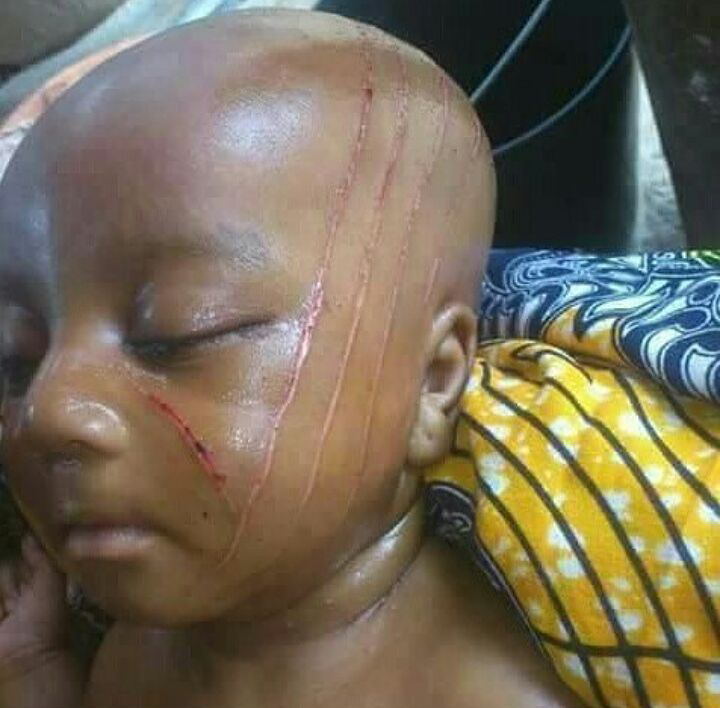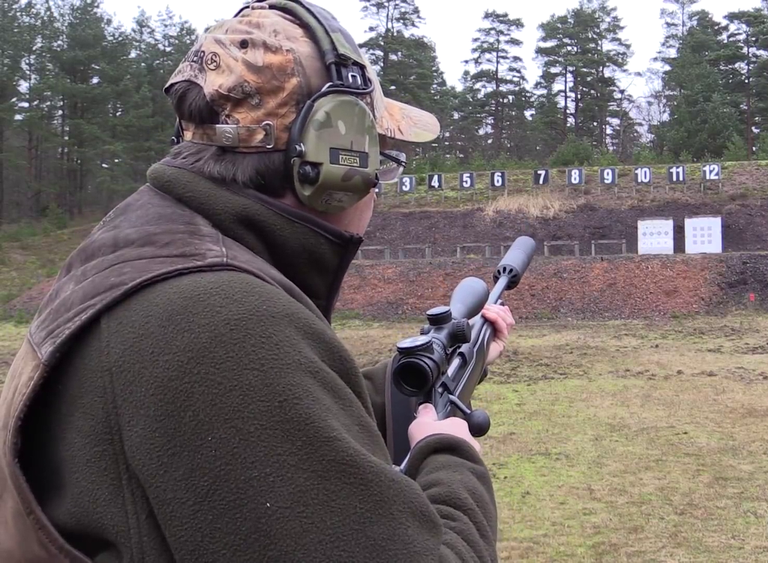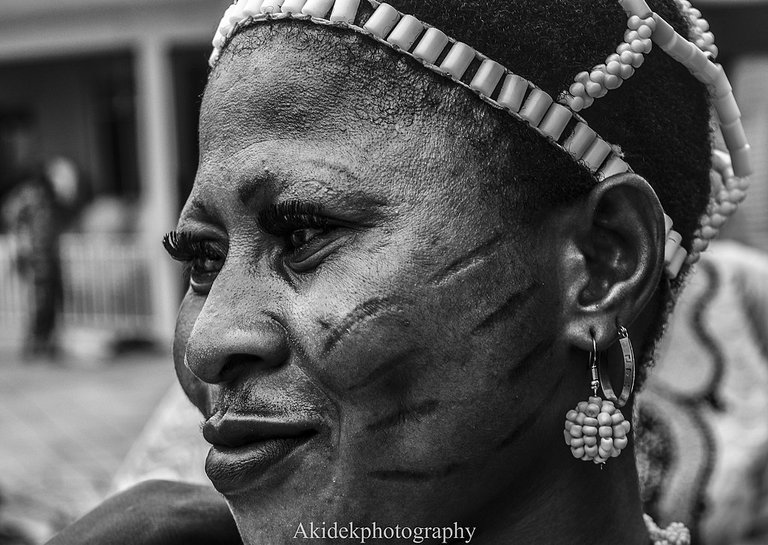Some 19 years ago, while I was about writing my qualifying examination for my degree program in one of the state-owned university in eastern Nigeria, I fell sick and had to quickly get back home for treatment as I couldn't afford not to write the pre-degree exam having invested so much time, money and effort into the program.
Normally, I could have just treated myself in school but somehow I felt this is no ordinary sickness. Why is it that I felt sick only at the eve of my exam period? (Never mind that I overstressed myself by burning the mid-night candle in preparation for the exam)
Somehow, our culture have conditioned us to think that whenever anything remotely resembling unusual occurrence happened to us, some socio-cultural factors that defy biological or medical explanations are at work.
So, I hurried back home. My mother welcomed me with some trepidation as the high fever burn in my body. She switched into action with the compassion of a loving mother.
In her search for the solution to my problem, I was taken to a neighbor of ours with the knowledge of the tradition of the land. To cut a long story short, our neighbor recommended that for my ailment to be healed, some marks has to be made on my chest with a brand new razor blade. Honestly, till date, I never recall the reason for this bizarre diagnosis probably because I was consumed with the desire for recovery at the time of the event.
I held to the lintel of the entrance door to the building of the man so that my legs were off the ground while the man made some terrible marks on my chest. These marks remain as a monument of my ignorance till date.
Africa culture is steeped with the art of scarification and body marking for various purposes. Although the practice is no longer in vogue due to western civilization, yet a handful of people particularly among West African still subscribe to the practice till date.
Scarification is essentially performed on individuals as part of traditional medicine. Scars and body marks are made on individuals for protection and for the healing of ailments that are belief to have socio-cultural etiology such as epilepsy, convulsion, mental illnesses to name a few.
Indigenous people of West Africa often subscribe to traditional medicines when western medicine has failed them, when they cannot afford the cost of modern medicine or due to ignorance and conformity to long standing socio-cultural heritage.
I remembered when an ethnic war broke out between our community and a neighboring community in 1998. Adult and children in our neighborhood were gathered and protective marks were made on their bodies against gunshots.
The efficacy of this protective body marks were proven by firing bullets from locally made gun directly at these people. No harm was done to them surprisingly.
The only reason my siblings and I didn't receive this mark that day was because our neighbors needed the consent of our parents who were not available and could not be reached at the time of the event.
This kind of protective body marks have various names they are called locally among Nigerians. They are also made for different reasons. It could be to ward off evil spirit, to protect against gunshot and so on.
The seeming positive results that are obtained by traditionalist often reinforces the belief of the younger generation in these practices even though as I mentioned earlier they are no longer in vogue due to western civilization.
Personally, I think nowadays people often hide the practice of these things until some forms of personal or community crisis erupt. Then you see people coming out boldly to show one way or the other their belief in this fading traditional practices.
The insecurity that bedeviled Nigeria in recent times clearly give credence to my thought. For example, political leaders in the various region of the country have engaged local hunters and vigilante groups whose power lies largely in charms rather than military weapons in the defense of their territories against marauders, bandits and other terrorists groups.
Body marks in West Africa is also made for beautification and as a passage of rites to womanhood by certain ethnic groups.
It is also used to distinguish one ethnic groups from another. It often use to show status, royalty or membership of certain secret cults among some tribes in Nigeria.
The origin of the practice is often traced to the slave trade that occurred on the continent during the days of the colonial masters. Incisions were made on slaves as marks of identification by the slave masters.
Some scholars however opined that the practice started when different ethnic groups moved from one location to another in search of greener pasture. The marks were made to distinguish their people from others.
Thanks to western civilization, the practice is fast losing its hold on our people.
Thank for stopping by.


